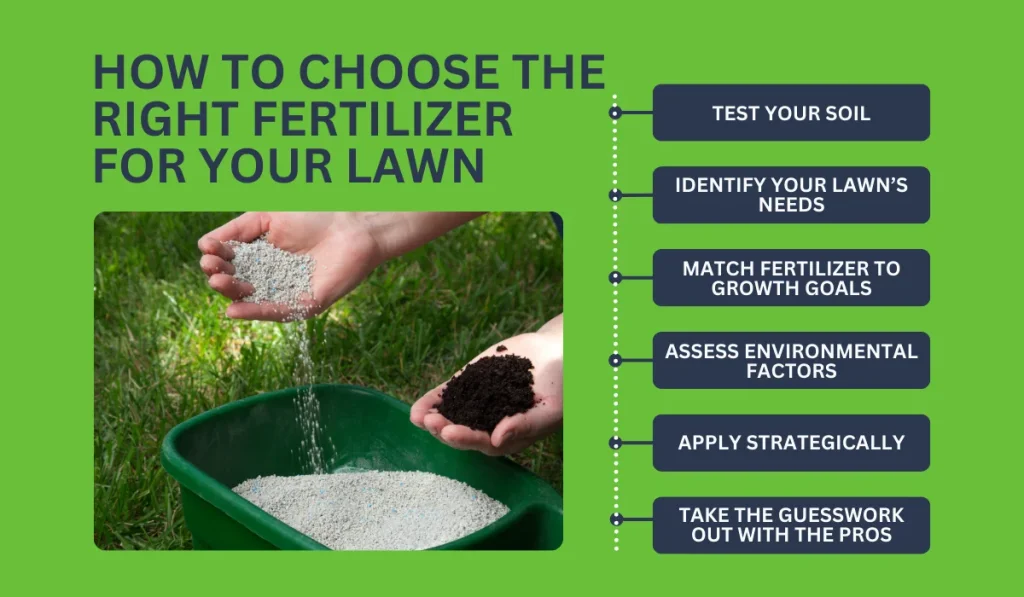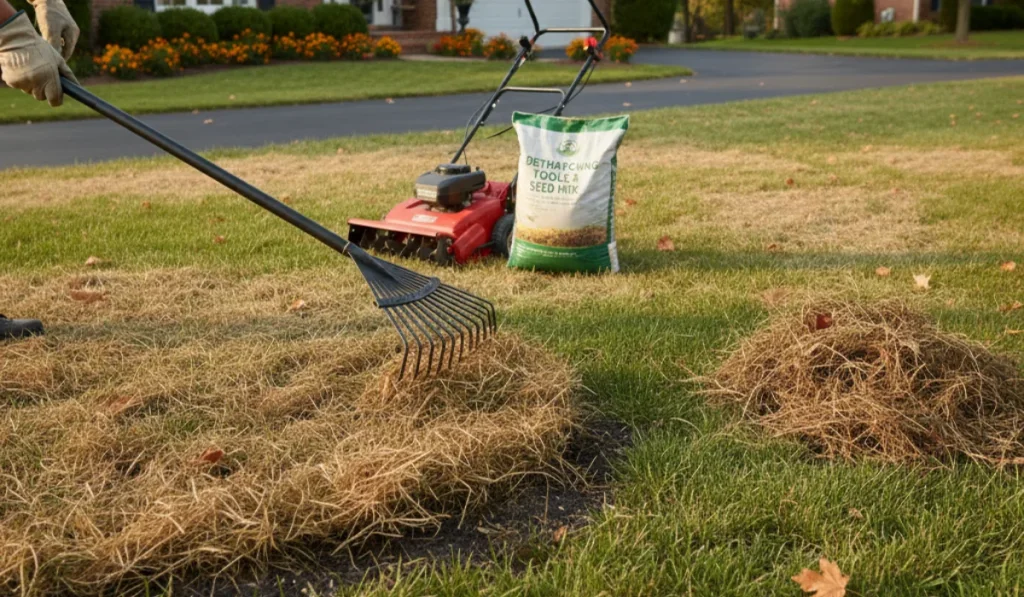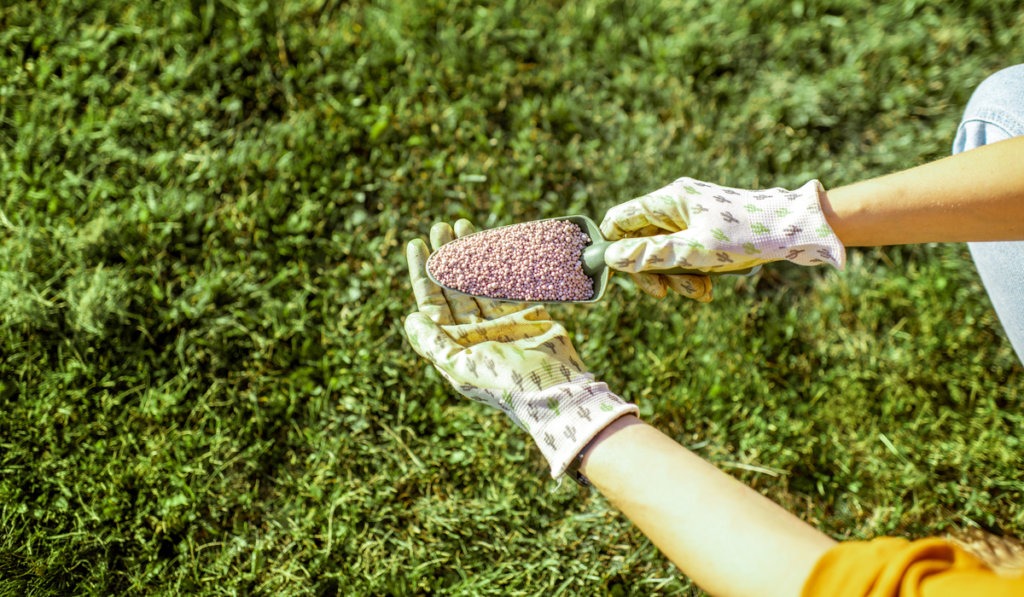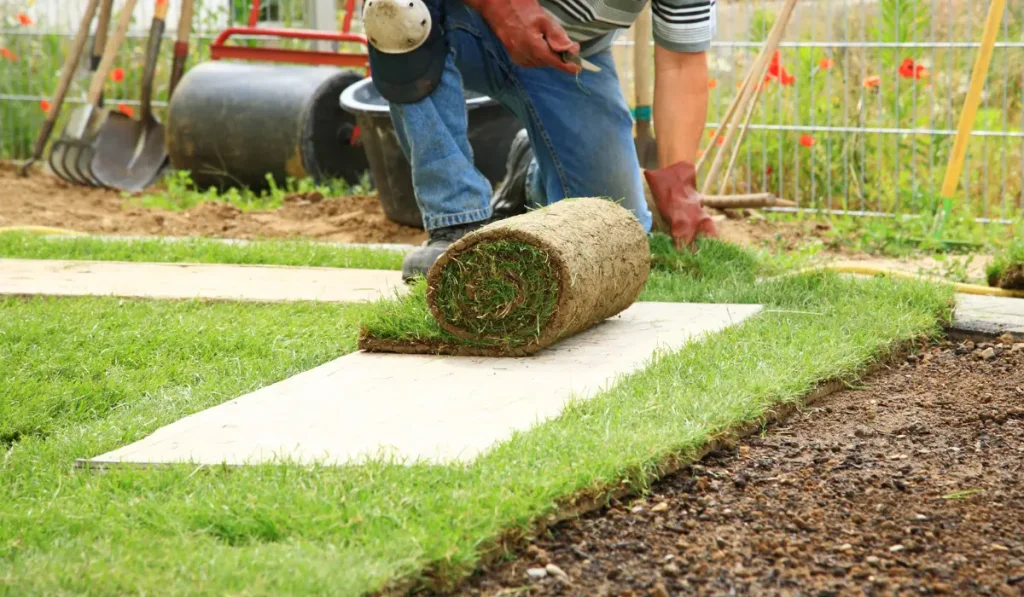Why do those numbers on fertilizer bags matter? Fertilizer numbers reveal the balance of nutrients like nitrogen, phosphorus, and potassium that plants need for growth. These numbers guide gardeners and farmers in choosing the right mix to boost plant health and productivity.
Curious to know more? Read on to discover how understanding these numbers can transform your gardening experience.
Key Takeaways
- Fertilizer numbers represent nitrogen, phosphorus, and potassium content, each supporting specific plant growth functions and health.
- Different fertilizer formulations cater to lawn needs, such as lush growth, root strength, or eco-friendly care.
- Soil testing reveals nutrient deficiencies and pH levels, guiding fertilizer selection to address specific lawn requirements.
- Based on lawn goals and environmental factors, strategic fertilizer use maximizes growth and lessens waste effectively.
What Do Fertilizer Numbers Mean?
Fertilizer numbers represent the plant nutrient content in fertilizers. They are specified by three values on the fertilizer label, known as the N-P-K ratio. These numbers tell the concentrations of nitrogen, phosphorus, and potassium.
The first number stands for the amount of nitrogen (N). It fuels photosynthesis, helping plants convert sunlight into energy. Without enough nitrogen, plants may exhibit stunted growth and yellowing leaves.
The second number stands for the amount of phosphorus (P). It helps plants store and transfer energy throughout their lifecycle. A deficiency can lead to weak or underdeveloped roots and delayed flowering.
The third number stands for the amount of potassium (K). It aids in plant water regulation, photosynthesis, and enzyme activation. This nutrient is especially important for plant health against lawn diseases.
Common Fertilizer Formulations
Lawn fertilizers cater to various plant needs in various nutrient combinations. Each formulation supplies different growth requirements, playing a distinct role in soil enhancement.
| Type of Fertilizer Formulations | When to Use |
|---|---|
| High-Nitrogen Fertilizers (e.g., 30-10-10) | Ideal for achieving lush, leafy growth in granular or liquid options, depending on immediate or long-term nutrient needs. |
| Balanced Fertilizers (e.g., 10-10-10) | Suitable for various plants, including flowers and vegetable gardens, ensuring even nutrient distribution across diverse soil and plant scenarios. |
| Low-Phosphorus Options (e.g., 20-0-10) | Best for regions with phosphorus-rich soil or where phosphate pollution is a concern. Useful for turf and lawn care to promote healthy grass. |
| Slow-Release Fertilizers | Ideal for plants requiring consistent, long-term nutrient access. Use for steady growth over weeks or months. |
| Organic Fertilizers | Suitable for those prioritizing eco-friendly options and long-term soil vitality through compost, bone meal, or other organic matter. |
| Winterizing Fertilizers (e.g., 8-12-20) | Ideal for lawns, shrubs, and perennials to enhance root growth, stress resistance, and energy reserves for a strong start in spring. |
How to Choose the Right Fertilizer for Your Lawn

Here’s a step-by-step guide to achieving optimal lawn care through strategic fertilization:
1. Test Your Soil
Testing the soil is the first crucial step in selecting fertilizer. A soil test informs homeowners about:
- Soil pH levels
- Deficiencies in magnesium or calcium
- Presence of macronutrients like nitrogen, phosphorus, and potassium
A basic test kit from a garden center or a more comprehensive analysis through an extension service can help.
2. Identify Your Lawn’s Needs
Every lawn has specific lawn needs depending on the type of turfgrass. Recognizing whether your lawn is a cool-season or warm-season type helps you choose a growth strategy. It also allows you to make amendments when necessary. Determine if your goal is dense growth, enhanced green color, or specific resilience to traffic.
3. Match Fertilizer to Growth Goals
Whether liquid or granular fertilizers, they cater to various growth goals. For instance, a bag of fertilizer rich in nitrogen supports lush green foliage. On the other hand, phosphate promotes root development. Some lawns may need balanced nutrients. Others could leverage specific amounts of nutrients.
4. Assess Environmental Factors
Consider how local conditions affect nutrient needs. For example, micronutrients like manganese and boron are important in photosynthesis and plant food absorption. Evaluating these factors informs the choice of sulfate or potash in the fertilizer mix to enhance plant growth sustainably.
5. Apply Strategically
Strategic application of fertilizer products maximizes benefits while reducing waste. Timing the application according to growth cycles ensures nutrients are available when plants need them most. Spring and early fall are typical periods for cool-season grasses, while warm-season varieties leverage a midsummer boost.
6. Take the Guesswork Out of Lawn Care with the Pros
For those preferring less hands-on involvement, lawn care professionals offer tailored fertilization programs. These services use calibrated test results to provide customized nutrient solutions throughout the growing season, removing guesswork altogether.
Frequently Asked Questions
How does fertilizer composition affect my lawn health?
The three numbers on a fertilizer label represent nitrogen, phosphorus, and potassium. A balanced mix promotes lush green grass and strengthens root systems. Different ratios cater to distinct growth phases or soil deficiencies.
What should I use 20-20-20 fertilizer for?
20-20-20 fertilizer delivers equal parts nitrogen, phosphorus, and potassium. This balanced blend works well for most plants and is popular for general maintenance. It’s ideal for gardens with diverse plant types that need consistent growth and blooming.
When’s the right time to apply 28-0-3 fertilizer?
28-0-3 fertilizer is high in nitrogen, focusing on lush foliage growth. Best applied in spring or fall when grass is actively growing. Avoid using it in the summer heat, as high nitrogen can stress the lawn. Always water after application to prevent burning and to help distribute nutrients evenly into the soil.



